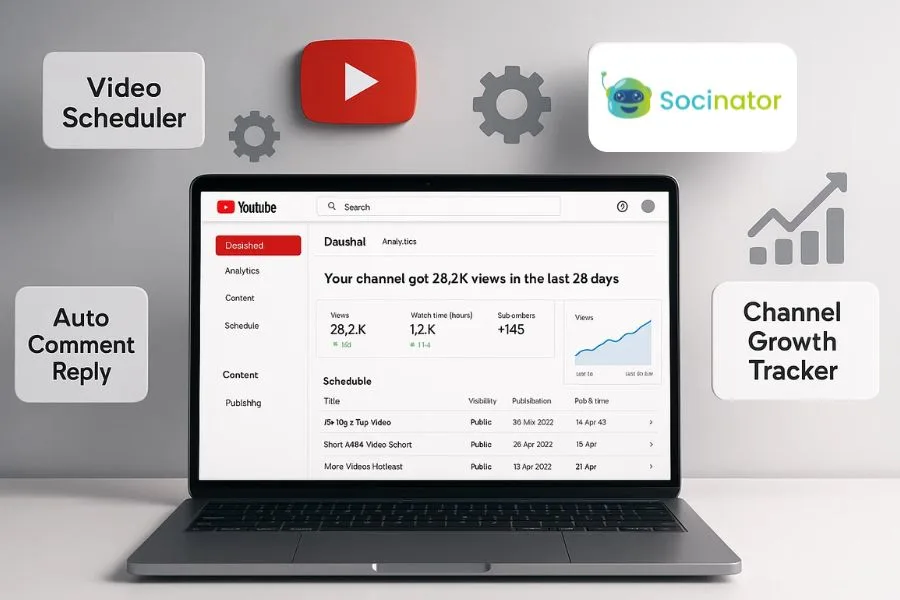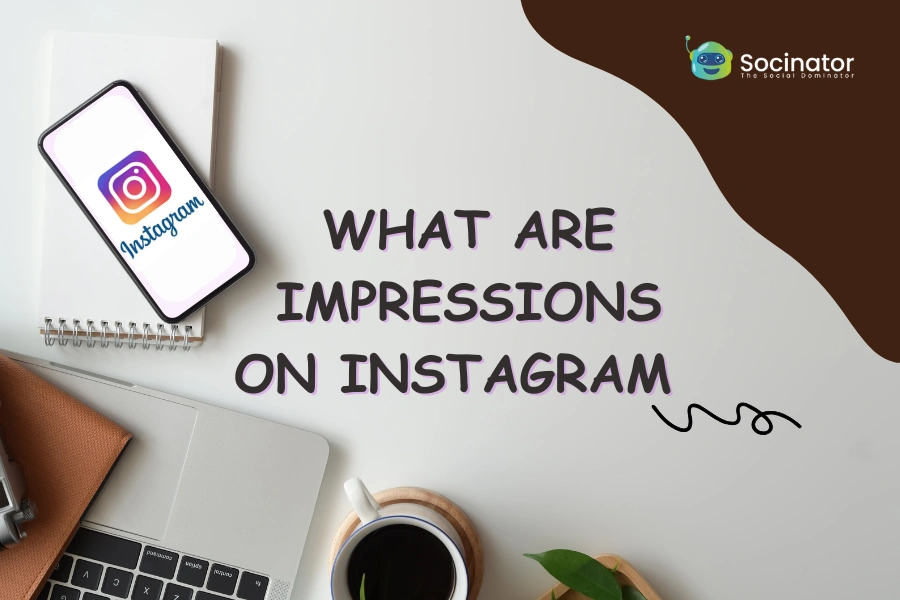Social media has given marketers a platform to interact directly with their audience in our online world like never before. Social media is an essential tool for every company trying to expand, and its value lies not just in its worldwide reach but also in the communities it promotes.
However, without the meticulous, hard labor of social community managers, no big community could exist. To preserve the reputation of the business, community management is fundamentally about building relationships and ensuring that the community is a welcoming environment for all participants.
However, it goes beyond simply answering messages and providing frequent updates. Community management fosters open communication, attends to members’ needs, and converts infrequent viewers into devoted supporters by taking criticism to heart and applying it to future developments.
This post will walk you through seven practical suggestions to improve your social media community management. You’ll have a thorough understanding of how to interact with your audience and create a vibrant online community by using these strategies. Now, let’s explore the tactics that will assist you in achieving that.
Are we ready to get started?
Hit ‘Play’ Button & Tune Into The Blog!
What Do You Mean by Social Media Community Management?
Social media community management refers to the process of building, engaging, and maintaining an active and loyal community of followers on social media platforms.
It involves actively managing interactions, conversations, and relationships within a brand’s social media channels to foster a sense of belonging, loyalty, and advocacy among its audience. A social media community management plan outlines a business’s approach to managing conversations with brand advocates across networks.
Also, tools like Socinator helps you create meaningful connections with customers, build trust, and create a positive brand image which is essential for community management. They do this by providing social media automation solutions like post scheduling and auto likes, comments, etc.
Why is Community Management Social Media Important?
The importance of community management social media cannot be overstated. It is a distinct field independent of content strategy or creative production. When executed effectively, it becomes an effective tool for improving brand perception. Here’s how social community management is essential:
Raise Brand Visibility
Due to the notoriously complex nature of social media algorithms, what functions one day may not function the next.
The easiest strategy to expand your reach while the algorithm is on your side and keep it when it isn’t is to cultivate an active community. Engaging in active participation in social media conversations helps your business reach new audiences by promoting it outside of the confines of your profile.
Promotes Brand Authenticity
Social media community management gives brands a stage to authentically display their character, principles, and culture. Through authentic feedback responses, brands can establish credibility. Releasing behind-the-scenes information builds trust. Real-time engagement with followers fosters genuine connections, solidifying brand authenticity. It leads to better connections and increased loyalty.
Customers who value authenticity are drawn to it because they look for real connections and exchanges with the companies they support.
Strengthens Customer Relationship
Through social community management, brands may cultivate connections with their target audience. Building trust and humanizing the company can be achieved through interacting with followers, answering their remarks, and starting discussions.
Also Read:
7 Proven Strategies To Build Your Social Media Community
How To Elevate Your Social Media Community Management Tool
Social Media Communities- Meaning, Types, How To Build, & More!
6 Best Strategies for Effective Social Media Community Management
Prepare To Answer Difficult Questions
Community managers need to be ready to handle difficult or delicate subjects that come up on social media. This tactic involves creating policies, procedures, and reactions for promptly and politely addressing challenging inquiries, grievances, or disputes.
You may effectively manage crises, minimize reputational harm, and uphold audience trust by acting with transparency, empathy, and professionalism in your replies.
Prioritize Proactive Engagement
Community managers need to be ready to handle difficult or delicate subjects that come up on social media. This strategy involves creating policies, procedures, and reactions for promptly and politely addressing challenging inquiries, grievances, or disputes.
You may effectively manage crises, minimize reputational harm, and uphold audience trust by acting with transparency, empathy, and professionalism in your replies. Proactive engagement efforts help build deeper relationships, boost brand awareness, and promote social media community management growth.
Create A Feedback Loop for Content Creation
Social media community managers must establish a strong feedback loop to ensure that their content development strategy and workflow are effective and resonate with their online communities.
To foster a dynamic content creation feedback loop as a social media community manager, prioritize active engagement. Encourage community members to share their thoughts through clear Calls to Action (CTAs) in posts and establish dedicated feedback spaces like pinned posts or bio links.
Offer diverse feedback formats such as video testimonials or interactive polls, rewarding participation with incentives. Empower community involvement in content creation and close the loop transparently, appreciating their input.
Use The Right Community Management Tools
The boundaries of social media are constantly growing. Discussions on your company or sector can and will arise in any setting. Equipping your team with social media community management tools is essential to stay competitive.
These community management software can help your team monitor conversations, automate tasks, and respond to customer inquiries. They can also help create meaningful connections with customers, build trust, and create a positive brand image. One such community management software is Socinator. Let’s explore some more features of this amazing automation tool.
Socinator- The Best Social Media Automation Tool
Socinator is an all-in-one social media automation solution using which you can manage all your marketing campaigns in a single dashboard. This social media management tool provides an easy-to-use interface for streamlining the workflow of businesses.
From post-scheduling to social listing and providing analytics insights, Socinator offers a wide range of features that allow marketers to create and manage automated campaigns more efficiently.
For social media community management on various platforms, Socinator offers a variety of features.
Auto-Publish and Repost
Socinator eliminates the need for manual posting. You can schedule your post and ensure that the content is posted at the desired time automatically. After posting, you can also repost the best-performing videos to increase your visibility on Instagram.
Record Activity Frequency and Get Reports
You can track the automation activities performed through your linked social media community page and monitor their frequencies. Also, you can get detailed insights into profile engagement, post-performance metrics, and lead targeting.
Automatic Follow, Unfollow, Like, & Comments
This social media automation tool allows you to engage with your audience through automated likes and comments. It prevents manual time-consuming writing and posting work. You can also auto-follow and unfollow relevant users through Socinator without taking extra time from your busy schedule.
Extract Targeted Users
You can simply find & extract the targeted audience along with those already engaged with you. It helps to build a community that is more engaging and long-lasting.
Using Socinator, you can optimize processes to guarantee prompt responses and insightful exchanges. Now, let’s continue to learn social media community management strategies.
Determine Who Your Audience Members Are
Having a clear understanding of your audience is essential to community management success. This technique involves performing audience research to determine the demographics, interests, behaviors, and preferences of your target audience. You can better align your content, message, and engagement methods with the needs and interests of your audience by learning more about who they are.
Define KPI’s To Track Your Progress
This tactic involves determining key performance indicators (KPIs) to gauge how well your community management activities on social media are going and the performance of your social media content. Metrics like conversion rates, sentiment, reach, engagement rates, customer satisfaction ratings, and follower growth are examples of KPIs. You may evaluate the effectiveness of your strategies and make data-driven choices to improve your strategy by monitoring these KPIs.
Final Words
In conclusion, strategic thought, originality, and interpersonal relationships are essential for managing social media groups. By implementing the community management strategies in this article, you can build a vibrant online community that increases brand advocacy and loyalty.
Moreover, utilizing the right social management tools like Socinator can streamline operations, ensuring timely responses and meaningful interactions, which can help in social media community management. Remember that creating a social media community takes commitment and time. Keep your audience in mind while you experiment with new strategies.
FAQs
What are the Key responsibilities of a Social Media Manager?
The key responsibilities include monitoring social media platforms, replying to messages and comments, promoting conversations, handling consumer questions and concerns, producing and selecting material, and examining engagement metrics.
How can businesses effectively engage with their social media community?
Being receptive, genuine, and open with their community is how businesses may interact with it most successfully. In addition to asking questions, sharing pertinent knowledge, and engaging in dialogue, they ought to actively listen to their audience.
What strategies can businesses use to handle negative feedback or criticism on social media?
Companies can respond to unfavorable comments or criticism on social media by being quick to respond, showing empathy, moving the discussion offline when needed, providing answers or an apology, and proving that they are committed to fixing the problem.












